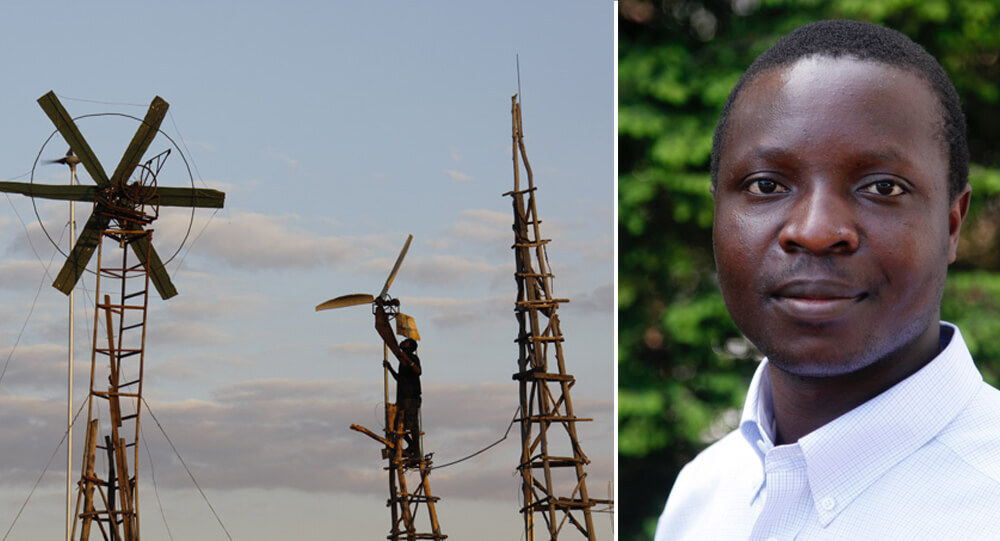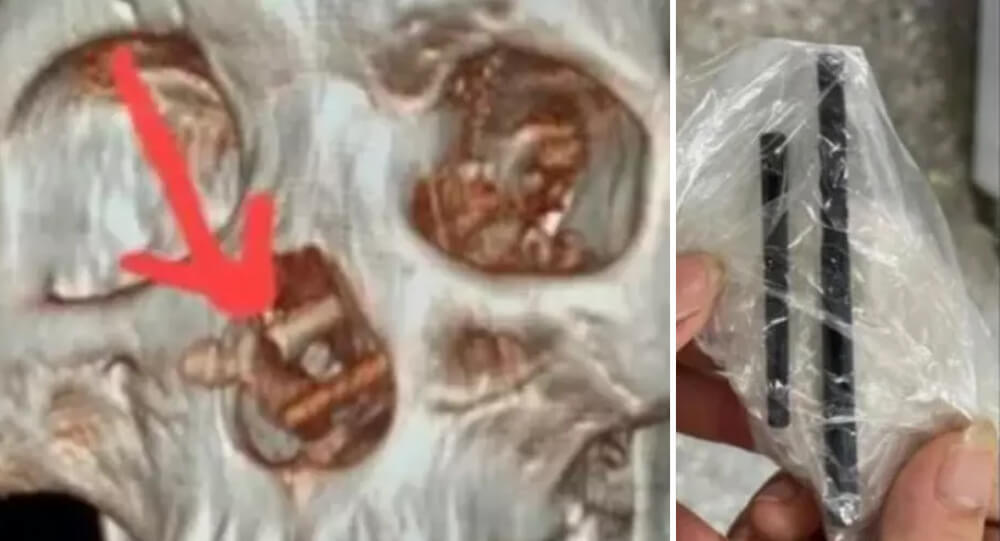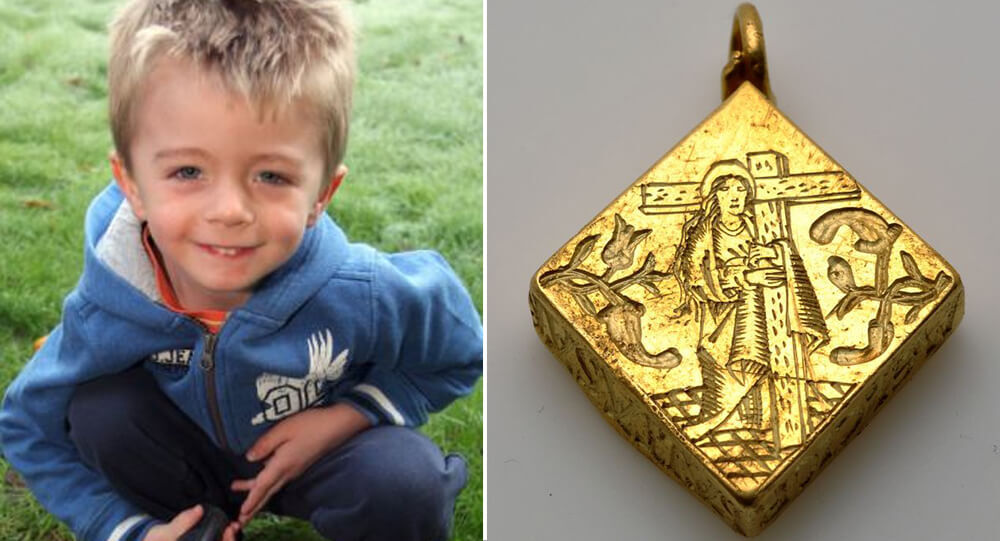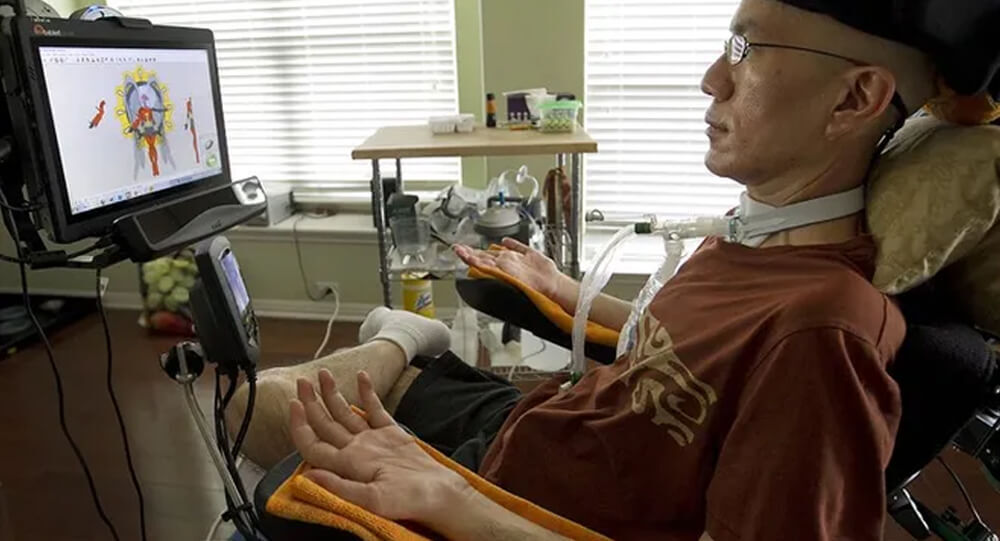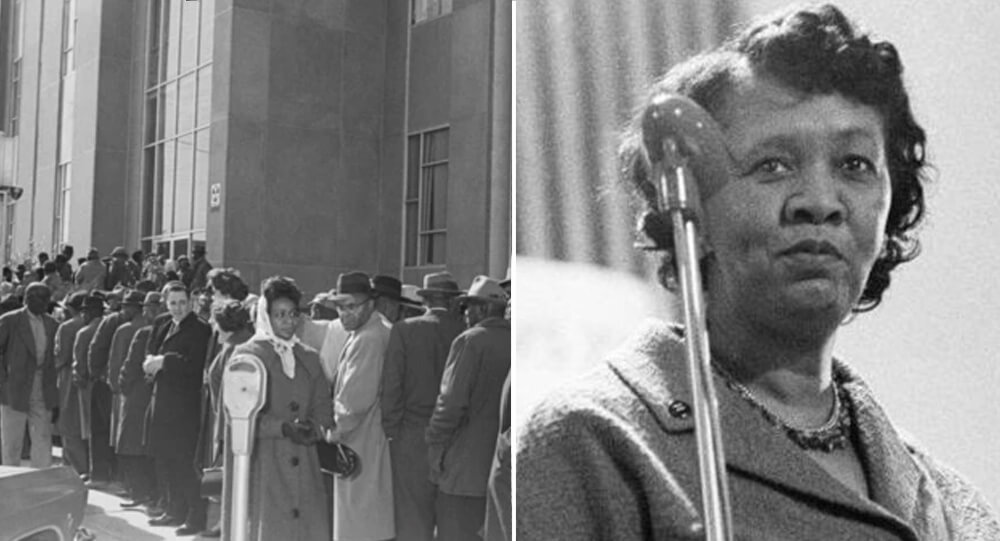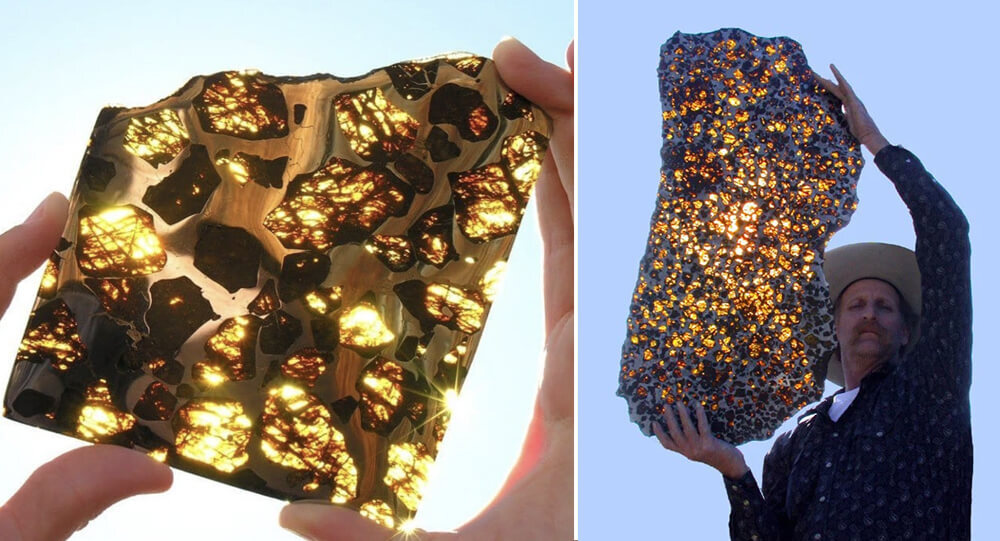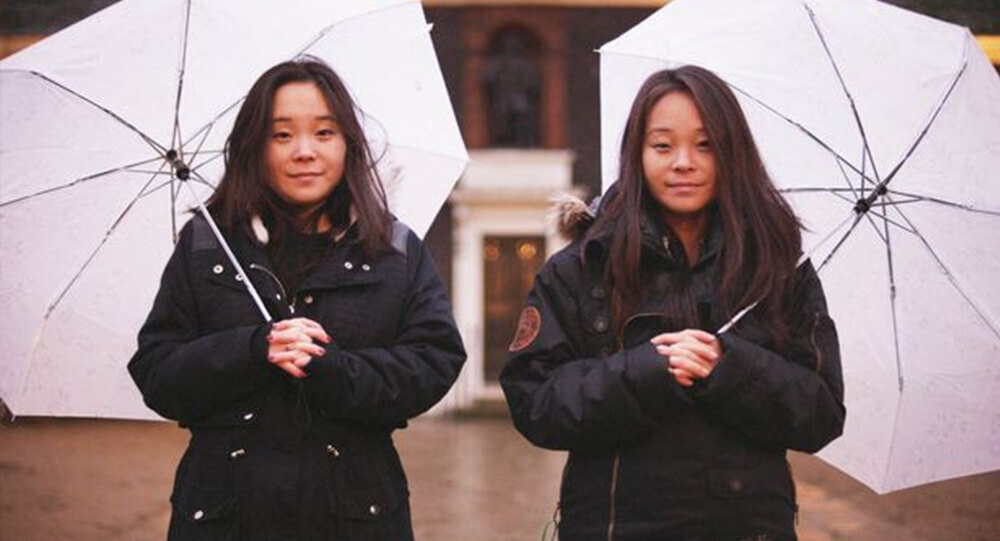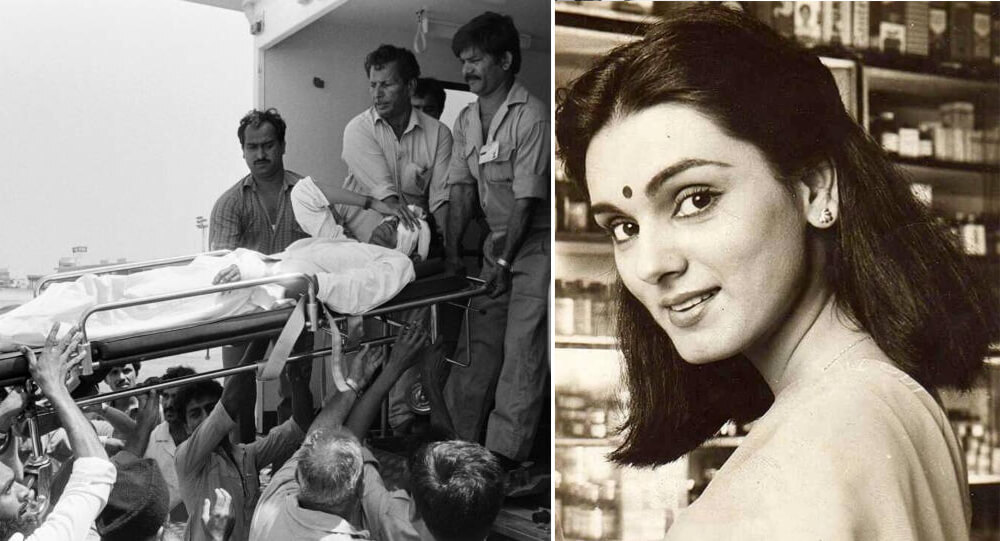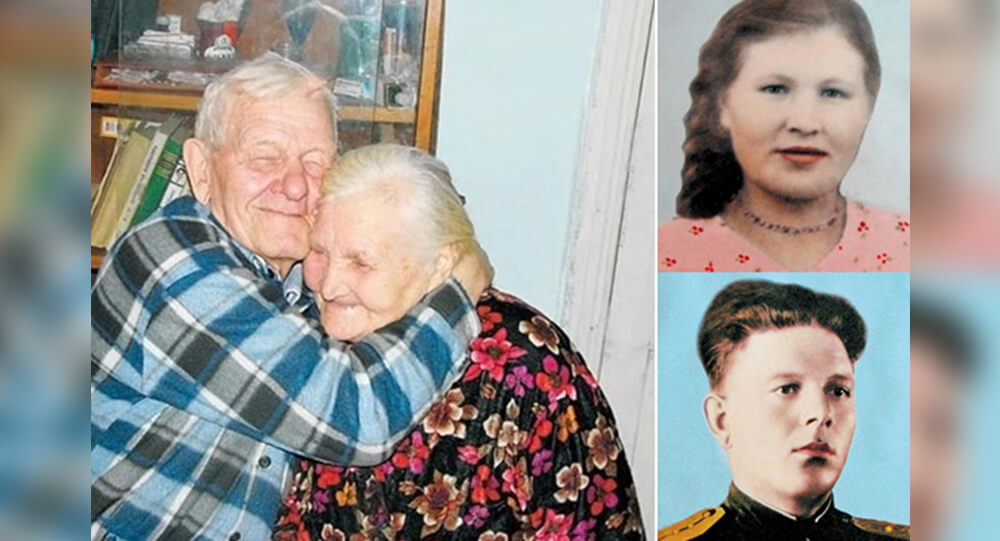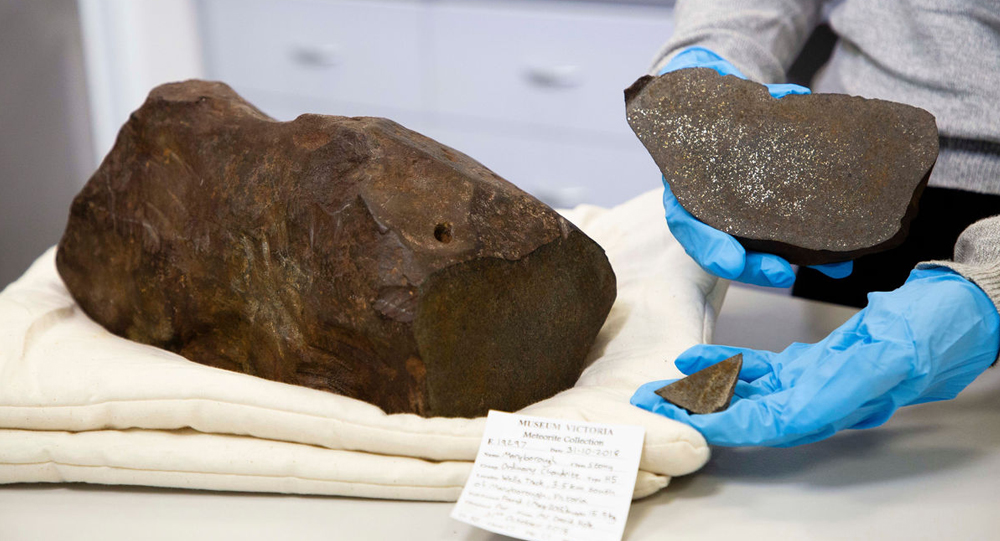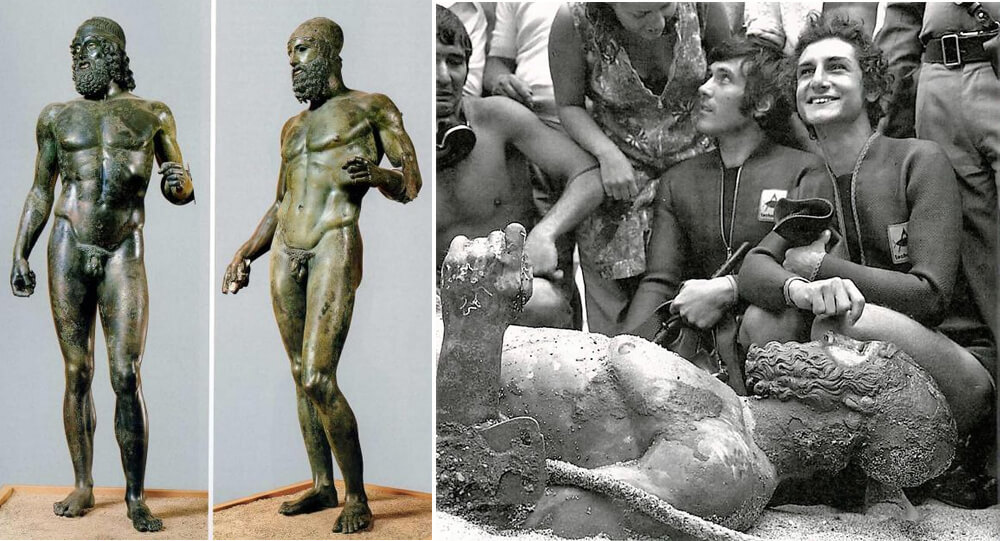
Mr. Stefano Mariottini, a novice scuba diver from Rome, made the discovery of the Bronzes of Riace while on vacation along the Calabrian coast.
They ended up being one of Italy’s most significant archeological discoveries in the previous 100 years.
The two sculptures straddle reality and myth, appearing both human and divine.
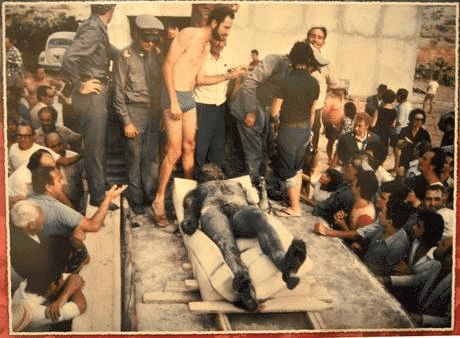
These well-known figures are shrouded in secrecy; we don’t know anything about their identity, paternity, or origins, let alone where they came from.
These art pieces are beautifully made and succeed in evoking strong emotions in the public. These are, in fact, the primary causes of the enthusiasm that the Riace bronzes have sparked.
However, some talk about “magnetic force,” “eroticism,” and “halo of fear.”
Others introduce Freud into the conversation. We will talk about this topic in great detail later.
They were first displayed in Florence, followed by Rome, and finally, as well as lastly, in the Museum of Reggio Calabria.
The Romans, after conquering Greece, stole the great artistic patrimony and moved it through a low coastal navigation, along the safer open sea roots of the Ionian coast, which may explain why there are statues in the sea depths today.
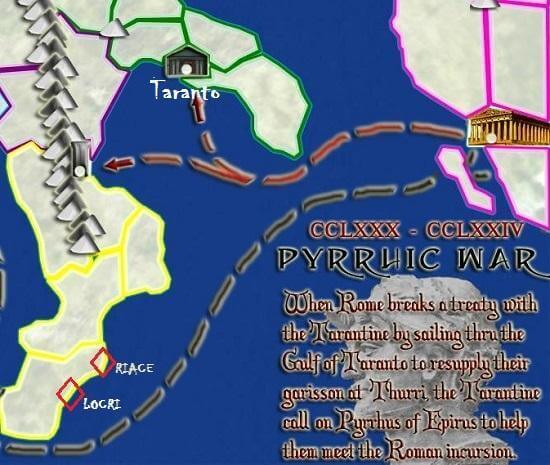
Even if the Bronzi belonged to a Great Greece town like Tarrant (Taranto-Apulia), a transportation towards Rome is objectionable. However, if we place the statues in Locri Epizephiri, it would be more difficult to comprehend why they were more than 30 km north and facing the wrong way. One theory is that the statues were removed during the theft of Locri by Pirrus, the Epirus’ king, in 275 B.C.
It is more likely that the statues were thrown overboard in order to lighten the load on the ship during a storm or to keep them out of pirates’ hands.
The statues depict two hunky men, possibly gods or warriors, who may have once wielded lances and shields.
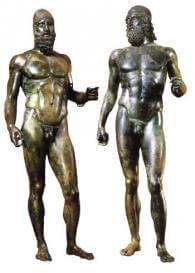
They are considerably larger than life at about two meters. The ‘older’ man, identified as Riace B, is wearing a helmet, while the ‘younger’ Riace A is wearing nothing to cover his ruffled hair.
They are both naked. Although the statues are made of bronze, they have ivory, limestone, glass, and amber paste eyes, silver lashes and teeth, copper-red lips, and copper-colored nipples.
Italian archeological treasures are well-known, but the Riace bronzes have garnered particular interest.
This is due in part to their incredibly realistic rendering and in part to the rarity of old bronze statues, as the metal tended to be melted down and reused.
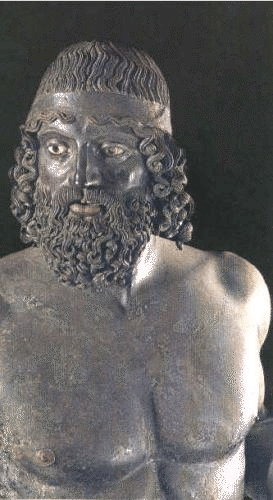
Mariottini said the bronze was so real that at first he believed he had discovered the remains of a corpse after discovering the statues 300 meters off the coast and eight meters underwater.
Millions of people visited them when they first went on display in 1981, and they were even the subject of a special postage stamp.
The statues draw about 130,000 visitors a year to the Reggio Calabria museum where they are on display. Since there were no wrecks in the area, it is unknown how or when the statues submerged to their watery resting place.
The two “champions” represented manliness in the collective public’s imagination, their “miraculous” reappearance from the waters having touched everyone’s subconscious.
While archeology is more abstract, let’s try to learn more about these two magnificent statues, which are among the few remaining authentic, antique bronze sculptures.
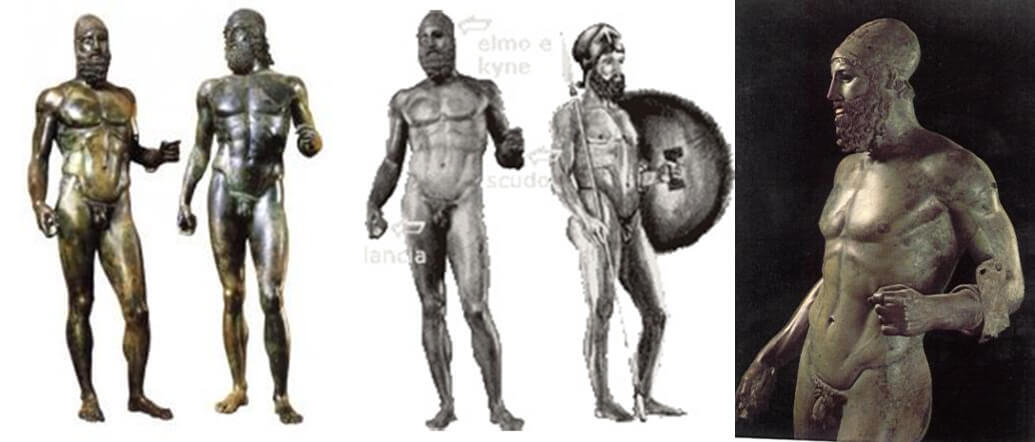
The two statues show two naked men standing erect in the same pose and are about a few centimeters apart in height.
In both instances, the left arms still show signs of a former shield; traces in the hairstyles imply that each individual once wore a helmet.
Half-closed, the right hands were holding something that couldn’t yet be positively identified.
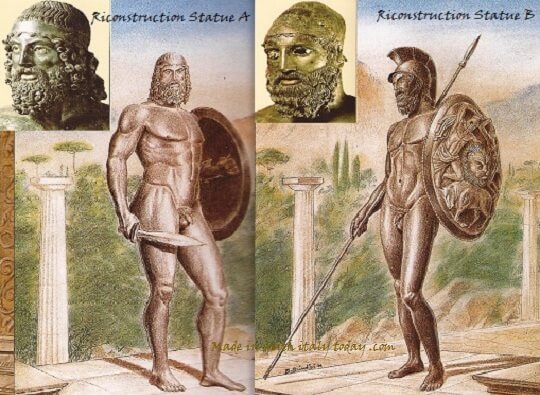
In the Bronze A, this movement does not affect the upper part of the thorax, where the pectorals and shoulders are almost horizontal, whereas in the Bronze B, it affects both the pectorals, defined by a tilted line, and on the shoulders: the right one is in a lower position than the other. As a result, the right thigh stands higher than the left one.
The two statues display a crossed rhythmic pattern in their bodies. The left arm, leaned to hold the heavy shield, corresponds with the upright right leg, which bears the weight of the body; the right arm, with the lower right arm holding the mast, corresponds with the flexed left leg, in a forward position.
In the Bronze A, the plastic vigor strengthens the strong muscles in a more geometrical and static way, whereas in the Bronze B, it does so in a more analytical and dynamic way.
The sub-skinned veins are one of the anatomically correct details that the Bronzi reproduces, and they are especially noticeable in the hands and feet.
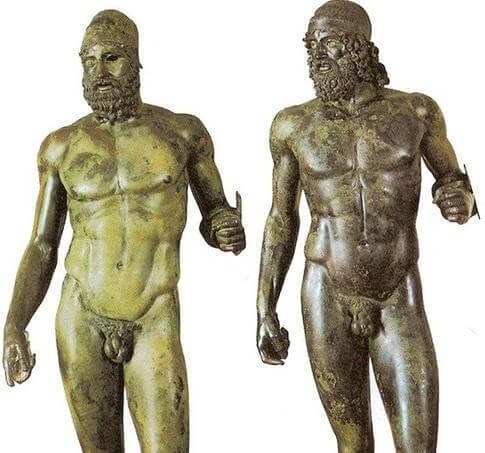
Even the separately manufactured, hammered-applied pinked colored nipples (not made from copper, but from a small amount of lead) are intriguing.
The ability to display the beauty of the human body while being naked is thought to be a crucial component of both “virtue” and one’s capacity for moral and intellectual development.
Due to the fact that athletes played naked and received hero’s honors in the event of victory, being naked was the ideal way to represent divinities, heroes, and also athletes.
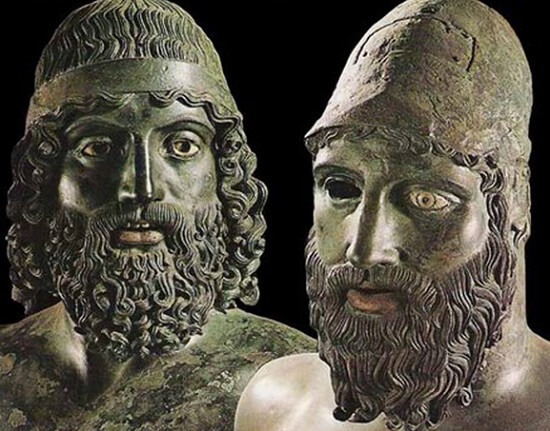
Head of the “A” statue. The hair on the head is held back by a wide band and has a finely defined shave with strongly plastic sinuous wisps.
The long wisp of waved hair that covers the entire scalp and falls into curled wisps on the shoulders leads us to believe that the head was originally helmetless; on top, there is a hollow that may be for a meniscus as well as a practical bronzed tip to deter birds from landing on the statues.
Nevertheless, a Corinthian helmet was positioned a second time, as indicated by standing signs, and the original hollow was changed into an inlet for the same helmet. At that time, applied wisps covered the nicely shaped ears.
The mouth has copper-colored lips and an upper row of five silver-foil-shaped teeth.
The eyes have ivory corneas and bronzed foiled lashes, while the iris, which was not preserved, was likely made of a precious stone or glassed pasta.
The bronze A would stand in for Tideus, who was so ferocious that he bit his foe and ate his brain (hence the silver teeth that could be seen);
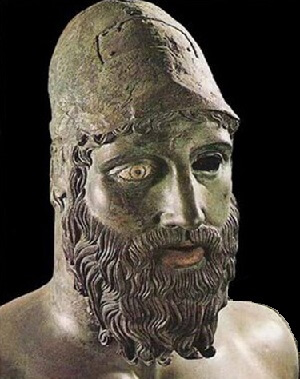
Head of the “B” statue. We can see some plate cats, covered by light hammering and the sulk on the sides of the shave the lower side of the throat; the head is smooth and deformed, likely as a result of the raised Corinthian helmet, and covered by a leather or felt cap.
Lower lobes of the ears and wisps of hair that resembled those from a recent shave but were plastic in nature emerged from the cap.
We only have the right eye, which has the white-marbled cornea, the iris, which is made up of a whitish ring and a pinkish one, and the black eye pupil. Even the mouth has the copper-colored lips.
Anfiarao, who predicted his own demise thanks to his prophetic spirit (remembered by the cap worn by seers), would be the Bronze B.
Other elements differentiate them.
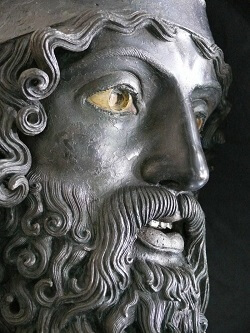
In addition to having a different face, hairstyle, and beard, statue B has a significantly displaced right hip, which places it in the generation immediately succeeding statue A.
The head, the thorax, the arms (divided into three sectors), the hands, the legs, the feet, and the medium-sized fingers on the feet have all been separately cast and then welded together to create the Bronzi.
According to a widely held belief, two sculptors from various historical eras created the Bronzi.
The theory that they were created in Attica, in the environment of Phydia, the creator of the sculptures that decorate the famous Parthenon of Athens, is confirmed.
The A statue was created around the middle of the 5th century B.C., while the B statue, with its new artistic sensibility and Polycletus as its primary creator, was created 30 years later.
Their shared stance, the similarity of the metal alloys used, the fusion process, and the skill demonstrated in the metal inlay used for specific touches (the areolas, lips, and teeth) all point us in the direction of their origins and original intent.
How else could we account for these traits continuing for about 30 years?
This is especially true given that these 30 years fall during the fifth century’s richest, most vibrant, and most innovative period. BC in the era of Phidias and the enormous Parthenon workshop, surrounded by a classical environment.
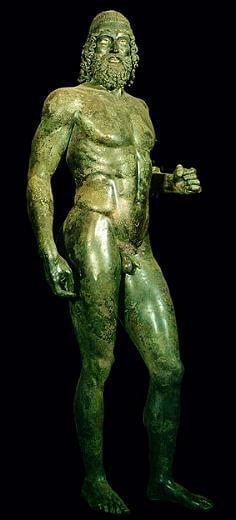
The two bronze statues were likely commemorative offerings, erected by the winners of the “oplitodromies” (races between athletes in heavy armour introduced in Athens in 520 BC and continued until Hellenistic times). Experts have not reached a final unanimous agreement on this, but it is very likely.
The fame that these race winners attained persisted for as long as their monuments.

Self-taught William Kamkwamba built a windmill for his town
A Malawian teenager who taught himself how to build a windmill out of junk and bring power to his village. He then went on to build a second, larger windmill to power irrigation pumps. He did this all from books he read in the library.

Paramedic Rescues Doctor Who Saved Him 30 Years Earlier
In 1981, a doctor helped save the life of a 3.2 pounds premature baby boy. Thirty years later, the boy, who had grown up to be a firefighter-paramedic, helped in saving the same doctor from a car accident.

World's largest iceberg breaks off Antarctica
In 1986, the iceberg known as A23a broke away from the Antarctic coast. However, it quickly grounded in the Weddell Sea, effectively turning into an ice island.

A man who has been suffering from headaches for nearly six months discovers chopsticks lodged in his brain
When it was discovered that a Vietnamese man with headaches and vision problems had chopsticks lodged in his brain, the doctors were almost as surprised as the man himself.

A three-year-old boy discovers a $4 million pendant in England
A $4 million 16th-century gold pendant was discovered in 2010 by a three-year-old boy using his father's metal detector.

Timothy Ray Brown, who inspired millions of HIV-positive people, died of leukemia
Timothy Ray Brown, also known as "The Berlin Patient," was the first person to be HIV-free. He was diagnosed with leukemia in 2006 and had a bone marrow transplant in 2007 as part of his treatment. The transplant helped him overcome the otherwise incurable disease thanks to the rare, HIV-resistant donor.

Beyoncé and Jay-Z's Hospital Security Blocked NICU Access for Father of Premature Twins
A father was denied access to see his premature twins in the NICU when Beyonce and Jay-Z had their daughter at the same time.

People are freaked out because they keep finding 'help me' messages under the cap of Sobe bottles
With their bottle caps that said, "Help me, I'm trapped in SoBe factory," SoBe Beverage discovered the hard way that forced labor is serious business. This is an example of when humor can be overdone.

The world’s longest flight spent more than two months in the air
Roberts Timm and Jim Cook, two pilots, flew an aircraft for more than two months without landing in 1958. Matching the speed of a truck moving down the road to refuel. A mattress for sleeping, a small steel sink for personal hygiene, the removal of most interior fittings to reduce weight, and a basic autopilot were among the improvements.

Woman survives skydiving accident, discovers she's pregnant
2005, a woman performing her first solo skydive jump survived a parachute malfunction which caused her to slam face first into a parking lot at 50 MPH. During surgery doctors discovered she was pregnant. She made a full recovery and the baby was fine.

The Inspiring Journey of Francis Tsai, Marvel Comics artist diagnosed with ALS
Francis Tsai, an American illustrator and conceptual artist who worked for Marvel Comics, was diagnosed with ALS in 2010. After he lost the ability to move his hands and arms, he started painting digitally on his cellphone with his right big toe. After he could not move his feet anymore, he began using eye-gaze technology to keep drawing.

Before "The Rock," There Was "Rocky Maivia"
Dwayne “The Rock” Johnson’s first WWF persona was Rocky Maivia, a face (good guy). The audience rejected him due to his cheesy character, with chants of “Die, Rocky, die!”. After this, he became a heel (villain), referring to himself in the third person as “The Rock” and insulting the audience.

The fearless Annie Lee Cooper
Annie Lee Cooper was fired in 1963 after attempting to register to vote. She attempted it once more in 1965, but the sheriff ordered her to leave after prodding her in the neck with a club. She then punched him, causing him to fall to the ground. She was imprisoned before ultimately registering to vote. Following the passage of the Voting Rights Act, the sheriff was ousted and subsequently imprisoned for collaborating to transport drugs, but Annie Lee Cooper lived to reach 100 years old and bears her name to this day.

China Weather Control on 2008 Olympics with missile
One thing is certain: when it comes to ensuring nice weather for the world's largest party, the Chinese cannot be accused of being subtle. The Chinese government authorized the use of 1,104 cloud seeding missile launches from 4:00-11:39 p.m. on Friday night to reduce the possibility of rain ahead of the 29th Olympic opening ceremony in Beijing

Australian man dies, comes back to life, and wins the lottery twice
Bill Morgan, an Australian, is a man who has beat the odds. He escaped death by surviving a horrific automobile accident and heart attack before collapsing into a coma and going on to win the lotto twice. He went from losing virtually everything to winning far more than he could have imagined.

Lafayette pizza delivery driver who saved 5 from burning house
Nicholas Bostic a 25-year-old pizza delivery man from Lafayette, Indiana, ran into a burning house to rescue four children, who told him there is one more inside. He ran back inside, he found the six-year-old girl, jumped out of a window, carried her to a cop who captured the moment on his bodycam.

A little girl survived a 1-hour submersion in freezing creek water
On June 10, 1986, two-and-a-half-year-old Michelle Funk fell into an icy creek and was submerged for 66 minutes. When rescuers pulled her out of the water, she was not breathing, had no pulse, and appeared lifeless. The doctors used various techniques to rewarm her blood and bring her back to life. She was successfully resuscitated and went on to lead a healthy life.

The Terrifying Mount St. Helens Eruption is Captured by the Robert Landsburg Photographs
Robert Landsburg, a photographer who upon realisation that he is going to die in the mount St. Helens eruption of 1980 lay down on top if his equipment to preserve the photographs he had taken of the events. Landsburg‘s body was found 17 days later, buried in ash with his film intact.

The beauty and uniqueness of Fukang Meteorite
This Fukang meteorite is around 4.5 billion years old and weighs more than 2,000 pounds. It was discovered in China in 2014 and is assumed to have formed when our solar system initially formed.

The actions of a 7-year-old girl protected her mother from bullets
A 7-year-old girl jumped in front of her mother to save her from a man who was attempting to kill her in 2007. She was shot six times and survived, as well as saving her mother.

Leo Grand: from homeless to mobile app developer
In 2013, A young programmer offered a homeless man the choice between $100 cash or coding lessons. Leo Grand chose the lessons, and his first mobile app was “Trees for Cars," which helps drivers find carpooling partners.

Woman had no idea she had an identical twin until she saw a 'lookalike' on YouTube
When Anais Bordier saw a YouTube video of Samantha Futerman, who looked exactly like her, she messaged her on Facebook and discovered they were both adopted and born on the same day. They were identical twins who had been separated at birth and had found each other by chance and on social media.

Neerja Bhanot, the braveheart flight attendant was never run away from a crisis
Neeja Bhanot, a 22 year old Indian flight attendant who helped hides 41 American passports aboard a hijacked plane. She died shielding three children from gunfire and was posthumously awarded bravery medals from India, Pakistan, and the United States.

Couple reunites after 60 years apart
A Russian couple were reunited after being separated for 60 years. They were married for 3 days when the husband left to join the Red Army. They were unable to find each other until 60 years later when they randomly visited their hometown on the same day.

The Man Who Kept a “Gold” Rock for Years—Only to Discover It Was a 4.6-Billion-Year-Old Meteorite Worth a Fortune
A man cherished a heavy 17-kilogram rock for years, believing it to be solid gold. The surprising twist? Experts later revealed it was a rare, 4.6-billion-year-old iron meteorite—an ancient cosmic relic worth far more than gold. Dive into the fascinating story of this celestial treasure and what makes it so valuable.

